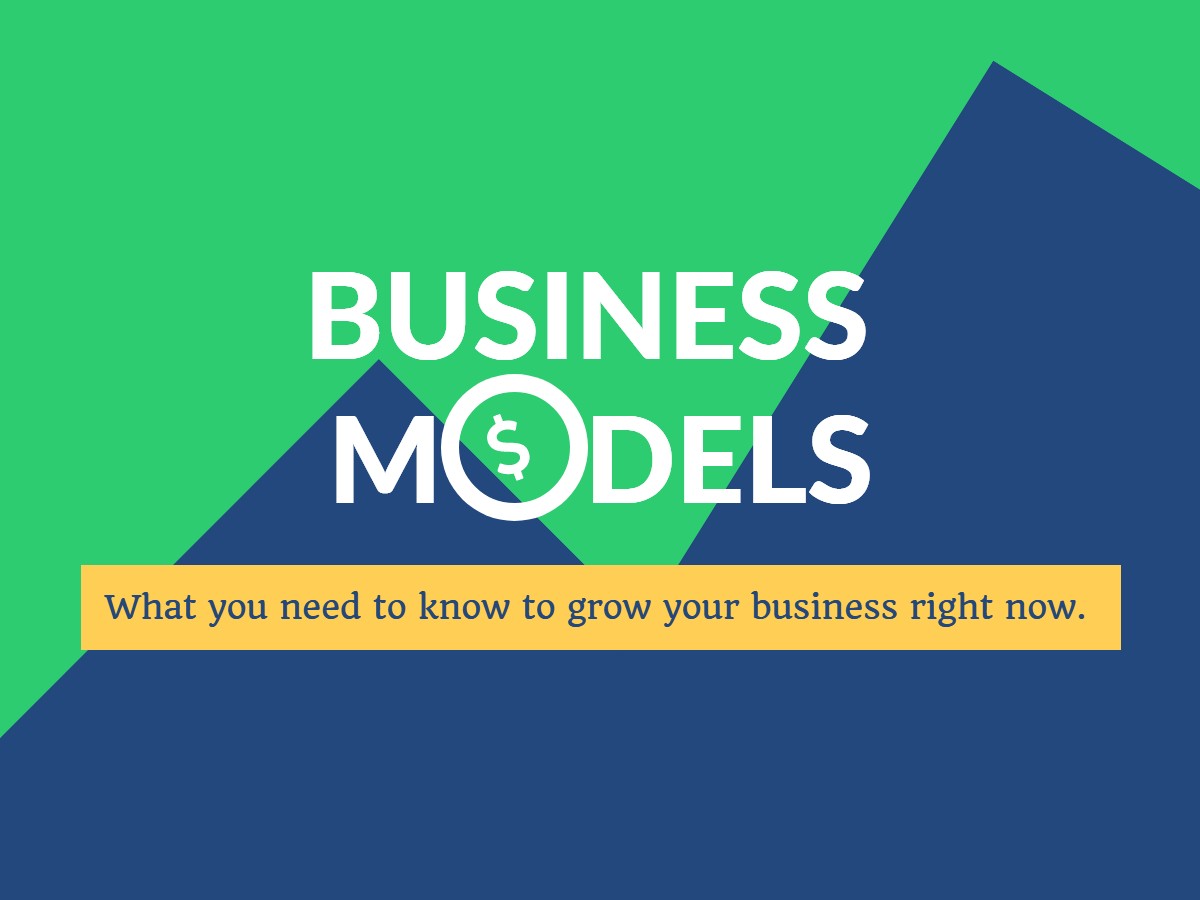When you hear the word entrepreneur what do you think about? Who comes to mind? What scenes play out in your imagination?
Are you taken back to a Gary Vaynerchuk video you watched earlier that day?
Do you think about what it would feel like to be rubbing elbows with Mark Cuban and Mr. Wonderful on Shark Tank?
Maybe it’s the Facebook posts of Tai Lopez that you skip over in your news feed?
Or, it’s none of those. Maybe it’s the process of chasing venture (or angel) capital for an idea and the art of the deal that gets your engine going.
The point I’m trying to make is that I’m pretty sure there’s a noticeably smaller population of people that hear the word entrepreneur and instantly associate it with the definition of the word practical.
I’m willing to bet that most of you reading this don’t think of putting in long hours, writing blog posts that go unread for months (or years), showing up to do a Facebook Live every week to an audience of one or two, and writing hundreds of yet to be responded to prospecting emails a month as entrepreneurship.
The sad thing is that it’s the business builders who understand the reality of their market and who are thinking practically are going to be the ones that win. And, it’s a small proportion indeed.
Why?
Because those practical entrepreneurs aren’t distracted and aren’t feeding this romantic disconnect between where they are today and what “could be” for them. The probability of going from where you are today to Taylor Swift levels of success is small. Really, really small. It’s not impossible but it is improbable. This post’s goal isn’t to tell you that you shouldn’t dream big but it is going to help you reframe how you’re building your business so you can attack it practically and build momentum over time. Most importantly I want to help you shake the romantic idea of what it means to be an entrepreneur and instead embrace the work it takes to build a business you care about and that is good enough to contribute to the life you want to build for yourself.
Whether you’re just starting out or have been at it a while I challenge you to get a little more practical with how you’re investing your time, money, and resources. I challenge you to embrace these three practical tenants.
1. You’re always going to be racing against obscurity.
There’s no reason your business shouldn’t be everywhere online. You need to make sure you have a presence in all the places people look for and validate against, information about businesses online. You have to be constantly wearing two hats, the business owner had and the media business hat. From a practical perspective, you are competing against the attention of everyone when it comes to marketing online. You’re competing against someone’s new baby pictures and also against businesses like Tai Lopez who throws six-figures plus per ad on social platforms. That means you are always going to be working on communicating authentically with your audience, striving to build real relationships and interacting in ways that are unscalable to try to rise above that noise.
It’s going to take work but the tribe that you build, the relationships you develop with your audience will matter more because it’s engagement that will ultimately support the growth of your business. Oh, and it takes time. Lots of time. Fighting obscurity is a momentum game. You have to show up every day because that’s what it’s going to take to get noticed, build trust and create experiences for people that can’t be beaten.
Practical Pro Tip: Work on creating large pieces of content that you can splinter apart to share on adjacent platforms. For example, if you’re writing blog posts every week maybe you can talk about the topic in a short Facebook Live video or you wax poetic on a microphone about and turn it into a podcast. You get more leverage out of that large piece of content and increase your chances of reaching more people. Try to start a conversation - invite your audience to share their experiences and offer a platform for them to teach something. More engagement means more interest in you which leads to more attention for your business.
2. Selling is way more work than you think.
This is one of my favorite things to work on with entrepreneurs. No one really understands how brutal it can be to try to sell a product and sometimes even worse a service. Lots of business builders think that optimizing their site’s SEO, creating a killer About Page and having a clear offer/value proposition means that potential customers will just “get it” and buy. Wrong. It takes time, energy, relationship building skills, and a private-eye level ability to do research to create opportunities to show someone a proposal. Getting practical here means getting comfortable with the fact that you’ll send hundreds of emails that don’t get opened or responded to. You’ll spend hours sending out snail mail marketing materials that end up getting thrown away. And, you’ll get more buyer objections than you thought to prepare for.
There is hope though. Sales is a game of inertia. When you remove all the personal stuff that goes with selling, like taking people’s rejections personally, from the equation you are left with the beginnings of a system. The more emails you send out the faster you get feedback about what works and what doesn’t. The more opportunities to sell you create the more you’re able to hone your presentation skills. The more research you do about how your product or service could serve your customer the easier it will be to identify potential pain-points and ROI opportunities for your next customers. It takes work though, and going at it for a while with little to no results can be really taxing, even on seasoned business builders. The trick here is to always check in with how you’re framing the work you’re doing and to keep an eye on your macro-view. Just because you get a few “no’s” back to back doesn’t mean you have a bad product or service or that there is no market for you. (I mean if you get multiple dozens of “no’s” you might want to reevaluate what your business is offering or go back to the product-market fit drawing board.) It means you need to revisit what you do, for who, and why they should care.
Practical Pro Tip: Use tools whenever possible to keep your sales process as neat and as tidy as possible. I personally love Hubspot because I can track emails opens, link click-throughs and add notes on relationships I’m trying to build with people all the time. Also, don’t take local hand-to-hand combat type networking for granted. Showing up at in-person networking events can help you with your presentation skills and help you build relationships that can support the growth of your business. Lastly, DO NOT take this lesson in practicality and just create a canned LinkedIn message and shoot it out to the two thousand people you’re connected to on LinkedIn. Everyone hates them, you look lazy and (at least for me) people will not take you seriously.
3. Nothing is ever going to be perfect.
I know this is a tired piece of advice but give me a chance to show you something a little different. Sure, old adages like “perfect is the enemy of good enough” exist and seem simple enough but I’m sure that not enough entrepreneurs really heed this advice. For instance, there is an entire market out there that exists to teach people how to do anything online. I love information products and online courses as much as the next business builder but what I don’t love is the tendency for people to collect course logins like kids (or me sometimes) collecting Funko Pops. (Yes, I collect Batman Pops...I mean he’s one of fiction’s most brilliant strategists.) They do this because they believe that completing “one more” course or getting a little information will finally allow them to perfectly offer, perfect position, and perfectly deliver their value. Unfortunately, that is rarely true and what’s most likely is that they are doing something that feels like work because it’s in the service of building their business but they aren’t actually doing any business building work.
Don’t let this happen to you. Don’t let weeks, months or even years go by before you build the courage to show someone what you can offer them.
Don’t let something that feels like work, but isn’t actually work, distract you from going out into the world and building your business. In the LEAN methodology, there’s a lot of weight put on rapid learning, iterating and seizing opportunities to pivot when you’re attempting to provide value for a customer. I’m not saying go out and collect a login to a LEAN online course but what I am saying is that learning as you go when you’re building a business is really ok. I’d encourage it even. Why? Because the opportunity cost of waiting and the sunk costs associated with time and money in a topic you may discover you don’t actually need are huge. So you stumble a few times and lose a customer or two. Big deal, you learned something and can apply that to your next go around. Same goes for any content you produce, no one expects to see super polished right out of the gate. To the contrary actually - raw and authentic win in today’s market.
Practical Pro Tip: Embrace just-in-time learning. Don’t worry about hoarding every possible skill you think you need right now. Just go! Enter the social platforms, people’s inboxes and your real life interactions with enough information to get the job done in an authentic and meaningful way. You should also choose which tools you want to go deep on carefully. If you’re editing video media, for instance, don’t worry about learning everything there is to know about Camtasia, Adobe Premiere, and Wirecast. Pick the one that you’ll use the most and work on building a functional skill set that will allow you to put out your video content on a regular and CONSISTENT schedule. For everything else, there are YouTube tutorials. Seriously, avoid the feels like work but actually isn’t work trap at all cost. You need to be very careful about how you allocate your time and should always be checking in with yourself to see if what you’re currently working on is actually going to bring some kind of direct value to your customer.
This was a heavy post so if you’ve made it this far I just want to say thanks and congrats. That’s kind of a big deal. What’s a bigger deal though is that you are hopefully thinking about your business in more practical terms. That’s where you are going to win. Being an entrepreneur right now is a trendy thing. The more entrepreneurs I meet, the more I’m disappointed I am with how diluted their businesses are. People that are trying to build businesses that serve everyone and do everything are not long for this world.
Focus on doing things that don’t scale right away. Focus on delivering real value consistently for your clients and customers. Focus on building real relationships and investing in your business. That’s the work it takes to be practical and build a business that you are proud of and that provides for you the life you want. An article from USA Today, May 2017, quoted that 20% of businesses survive past their first year. 20%! That’s not necessarily the story that social media tells us with all the “entrepreneurs” and “hustlers” out there. So what does that tell us? It tells us that there is a world of people out there playing business and it’s the few that get serious about being practical every day that really makes it.
It’s easy to be a wantrapreneur, choose to be one of the 20% and win instead.
PS - Here's my simple call to action. If you're struggling with your entrepreneurial journey and you think a little support might do you some good, go check out the new group program that's launching. Even if it's not for you we can still bond over one of my all-time favorite Disney movies.





















